As Comvita marks its 50th anniversary, we look back not just at the milestones, but at the two men who helped shape them; curious beekeepers, health food pioneers, and lifelong students of nature who were driven not by profit, but by purpose.
This is the story of Alan Bougen and Claude Stratford, and how their love for raw honey helped build a global wellness company rooted in healing, heritage, and the humble honeybee.
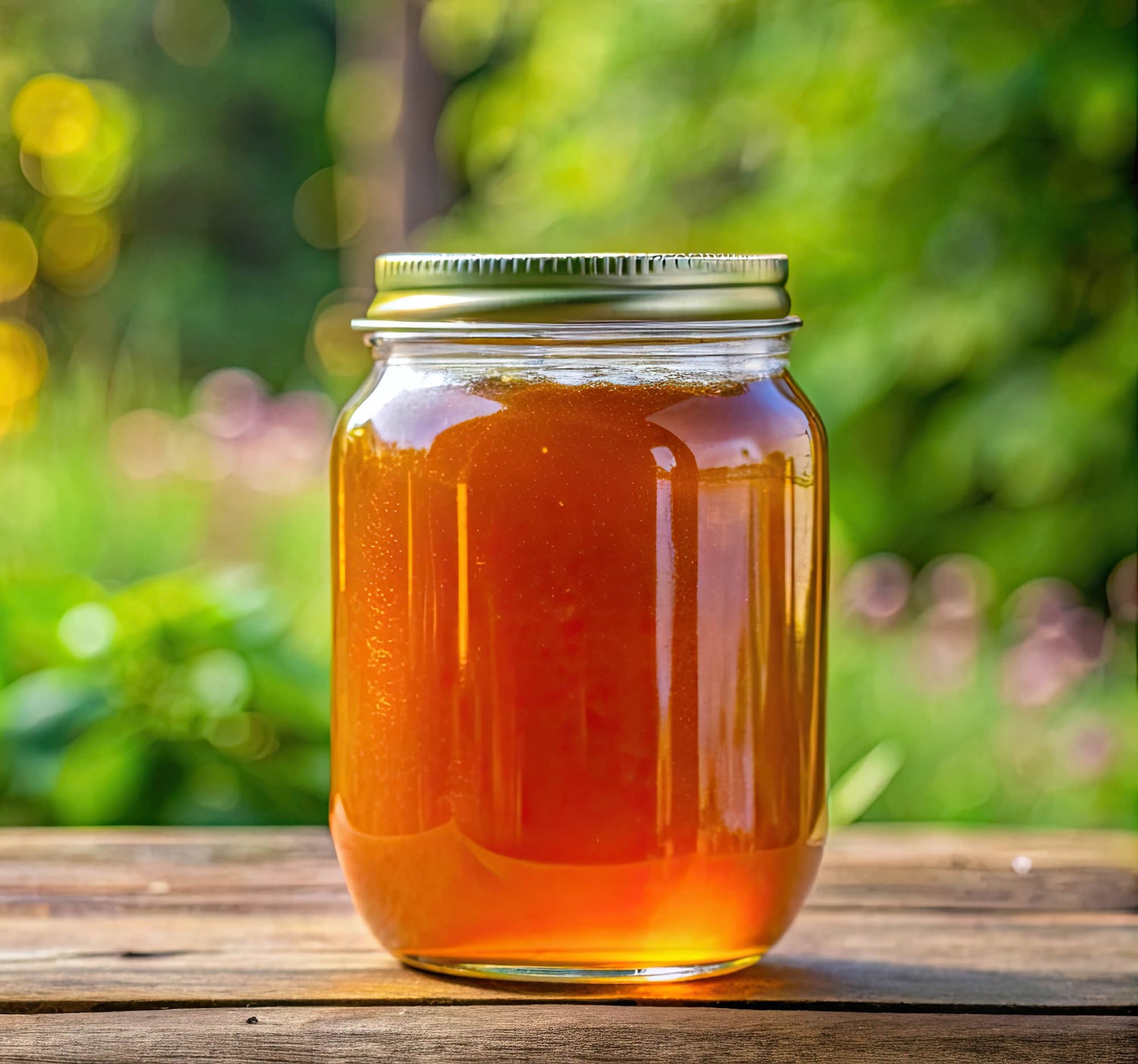
Clean living and the perfect food
Alan’s earliest memory of honey is a familiar one for many New
Zealanders: a cardboard pot of clover honey, sitting on the family table next to apricot and plum jam. But it wasn’t until the late 1960s, during travels across Africa and Europe, that his connection to honey deepened.
He was discovering clean living, sustainable lifestyles, transcendental meditation, and the growing natural foods movement. While exploring, he walked into his first health food store in the US in 1971 and saw a jar of raw honey. Something clicked.
“It was real honey. Untouched. That raw, golden goodness—completely unprocessed. I thought, ‘This is the perfect food.’”
He started eating it religiously: on homemade muesli in the mornings, and on thick slabs of wholegrain bread with peanut butter after surfing. “That was breakfast and lunch most days,” he said with a grin. “You’d come in from a
surf and just demolish a sandwich. Wholegrain, crunchy peanut butter, and raw honey—it doesn’t get better.”
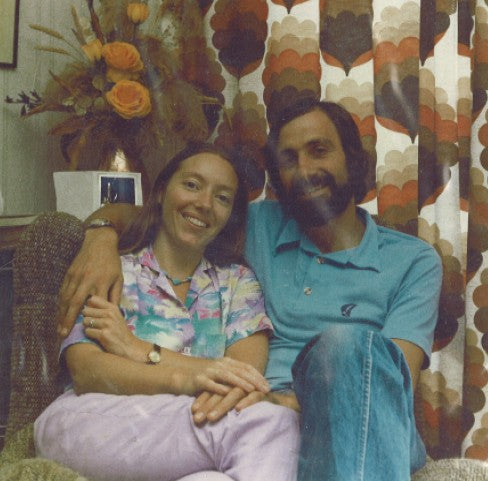
Discovering the magic of bees
In 1972, Alan returned to Aotearoa and moved with Lynda to Great Barrier Island, to live on a 2,000-acre coastal property with regenerating Kauri and Mānuka forest. It was a life of self-sufficiency; baking bread, growing food, and living off the land.
That’s when they found two abandoned hives, tucked away on the edge of the bush.
“I’d already been buying a 60 lb. tin of Mānuka honey from the local beekeeper on the island,” he said. “Just one tin at the end of each season and it would last the year to bake whole meal bread and sweeten herbal teas, but now I had a shot at making my own.”
No gloves. No veils. No smoker- Initially.
“We were inexperienced novices. Lynda stitched together some homemade veils. We opened the hives, and chaos broke loose. I got stung so badly I ended up in the creek. The bees chased Lynda and her friend right across the field.”
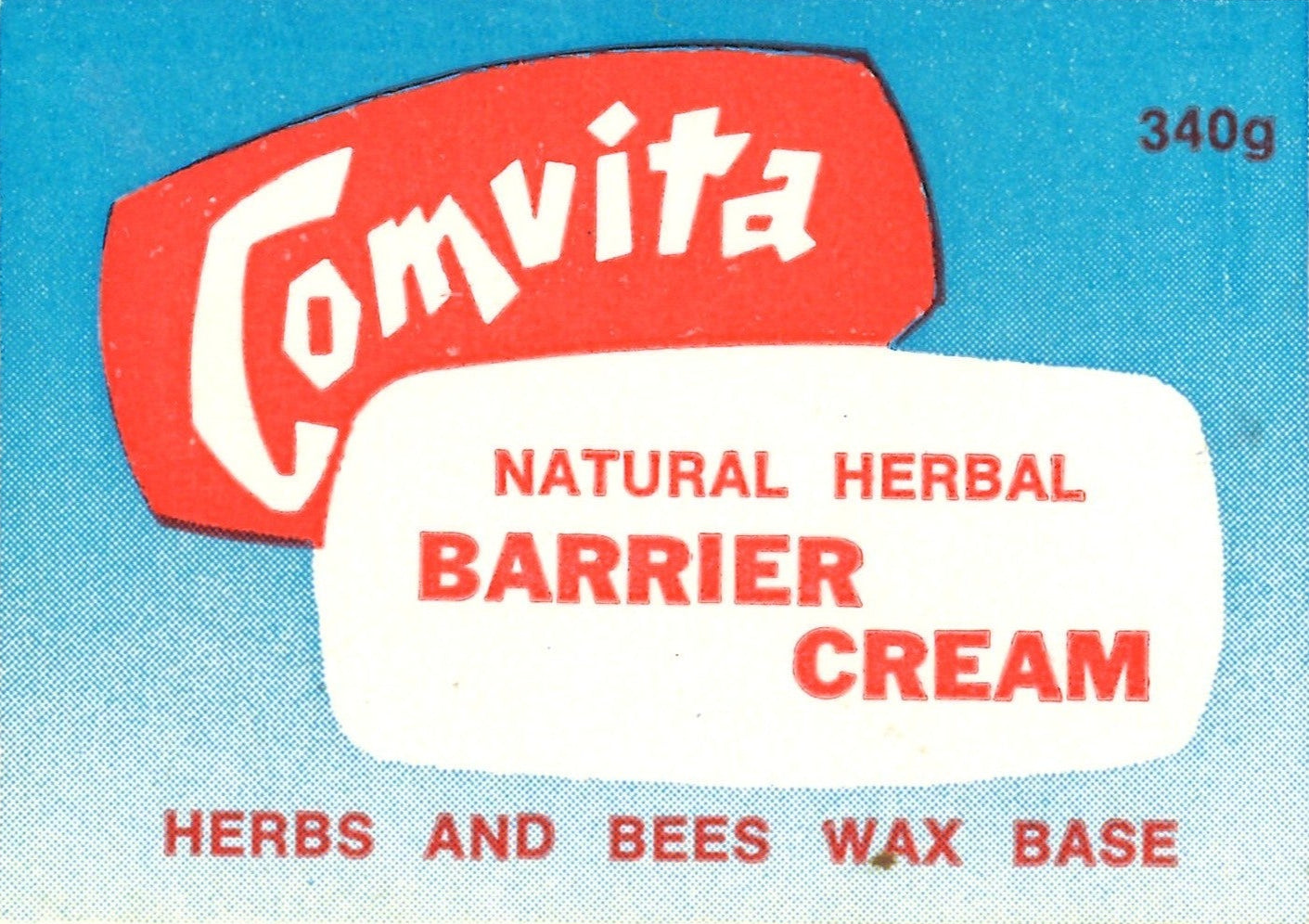
Honey for nutrition and healing
Determined, Alan sought help from Les Blackwell, the island’s go-to multi generation beekeeper. Les showed him how to requeen the hives, introduced him to Mānuka honey harvesting, and taught him to use a Kauri press to work the dense honey out of the comb.
“Over the next few years, I learned the rhythms of the hive. Eventually, we got a smoker and veils - ordered by phone, delivered by barge. That’s how remote we were.” During those three years on the island, bees became not just a food source, but a philosophy.
One day, a friend’s horse suffered a serious leg wound running through a barbed wire fence. The owner applied a honey-based emulsion from a curious small orange pot with a sky-blue label, and the infection quickly cleared up completely.
“That blew my mind. It opened up a whole new world. Using honey not just for nutrition, but for healing.”
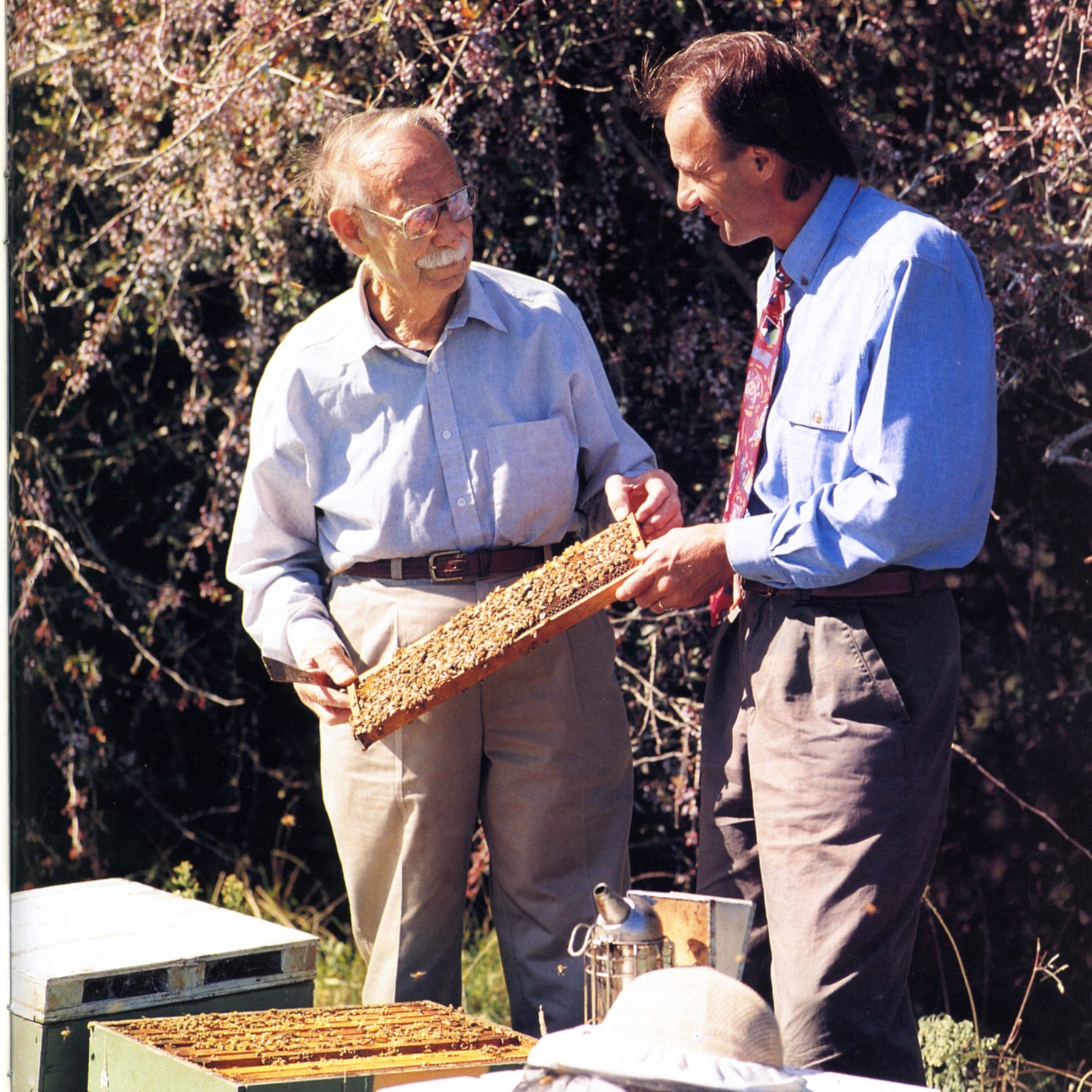
The letter that changed everything
Fixated on the healing power of that little orange pot of honey emulsion, Alan eventually sent a letter to the Kaitaia PO box on the back of the jar.
“Dear Sir or Madam, I would be interested to come and work with you.”
The reply came quickly.
“Dear Alan, you could be an answer to prayer. Come quickly. – Claude”
The “Claude” in question was Claude Stratford, a 65-year-old herbalist and lifelong beekeeper. He had moved to Paengaroa, Bay of Plenty, to retire and live simply on a one-acre property - nearby to where Comvita’s campus headquarters and production center is located today.
Alan and Lynda hitchhiked from Wellington to meet him. They were greeted with cups of tea brewed from nettle and comfrey, a pot of honey on the table, and a conversation that would shape the rest of their lives.
“Claude was 65. I was 25. But we were both obsessed with health, nutrition, and bees. We talked for hours. I knew I’d found a kindred spirit.”

A dream is born
Claude had a small, yet growing following and decades of experience—he had been keeping bees and selling honey since he was 11 years old, been one of the first beekeepers to pollinate kiwi fruit, had once grown comfrey at scale to make creams for Hiroshima survivors in Japan, and had recovered from a serious personal health crisis through nutrition and apitherapy.
Alan had youthful energy, eager curiosity, and a growing knowledge of bees. Together, they dreamed up a vision: a company rooted in nature, healing, and purpose. Alan borrowed a small amount of money from his parents and together with Claude, founded Comvita.
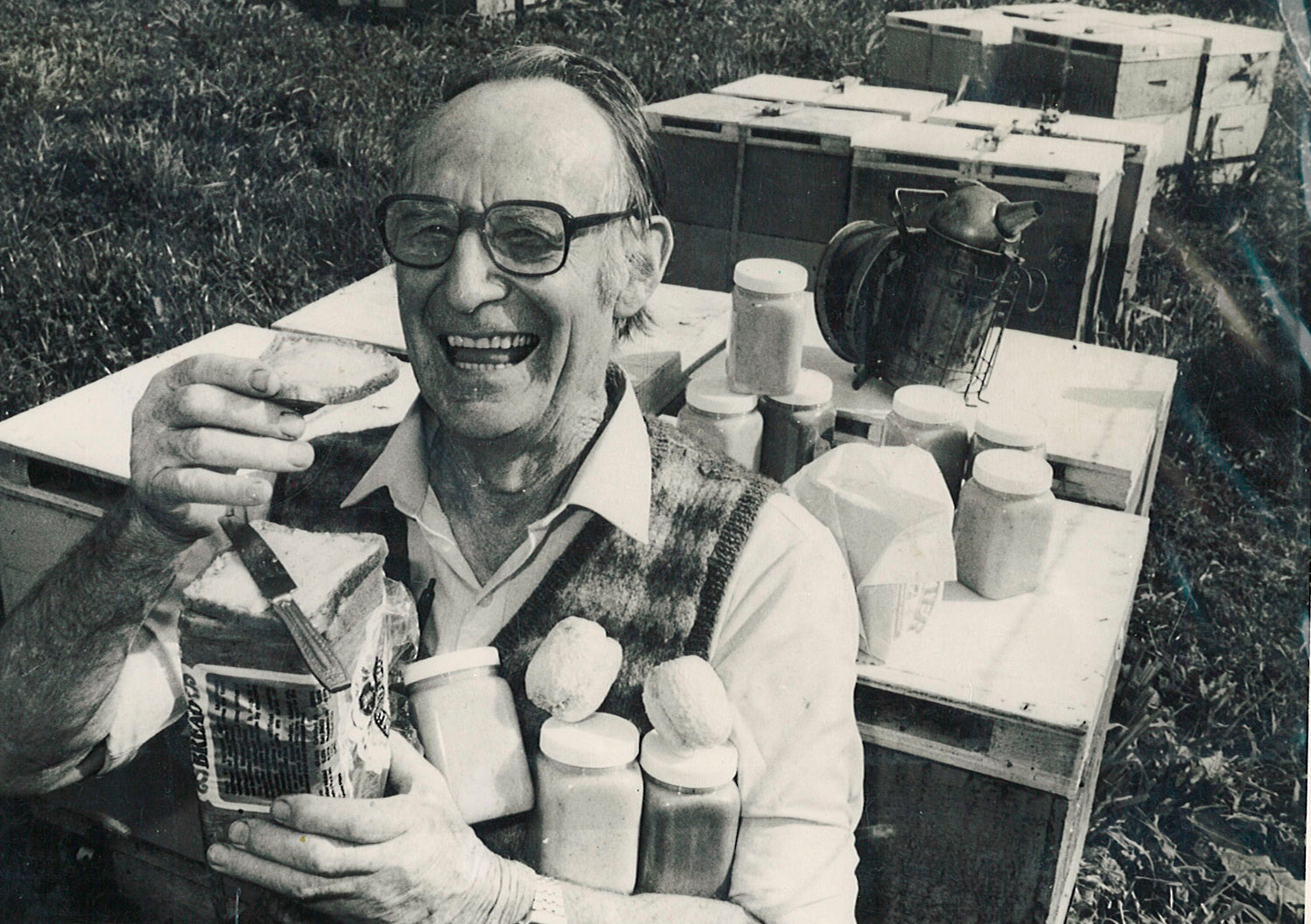
Founded on a shared vision
To improve health through nature, Alan and Claude built Comvita, the company name translated from Latin “with life and vitality.” It started with herbal remedies, pollen, propolis, and raw honey, but it quickly became something much larger.
Claude, always learning, kept stacks of health and beekeeping magazines. “He was endlessly curious,” Alan said. “Always looking for the next way to make something better.”
Alan and Claude’s initial 12 hives in Te Puke quickly grew to over 2,400. Honey and bee pollen funded the early years. Kiwi pollination brought in cash flow. Claude’s pollen traps and innovative dryers helped scale the vision. They were the first to export New Zealand honey into the United Kingdom in the 90’s and bee pollen by the tonne into Japan. Even during industry shakeups—like the end of the New Zealand Honey Cooperative, the arrival of varroa in 2000, and shifting export dynamics—Comvita kept its singular focus to share good health through natural bee products from New Zealand.
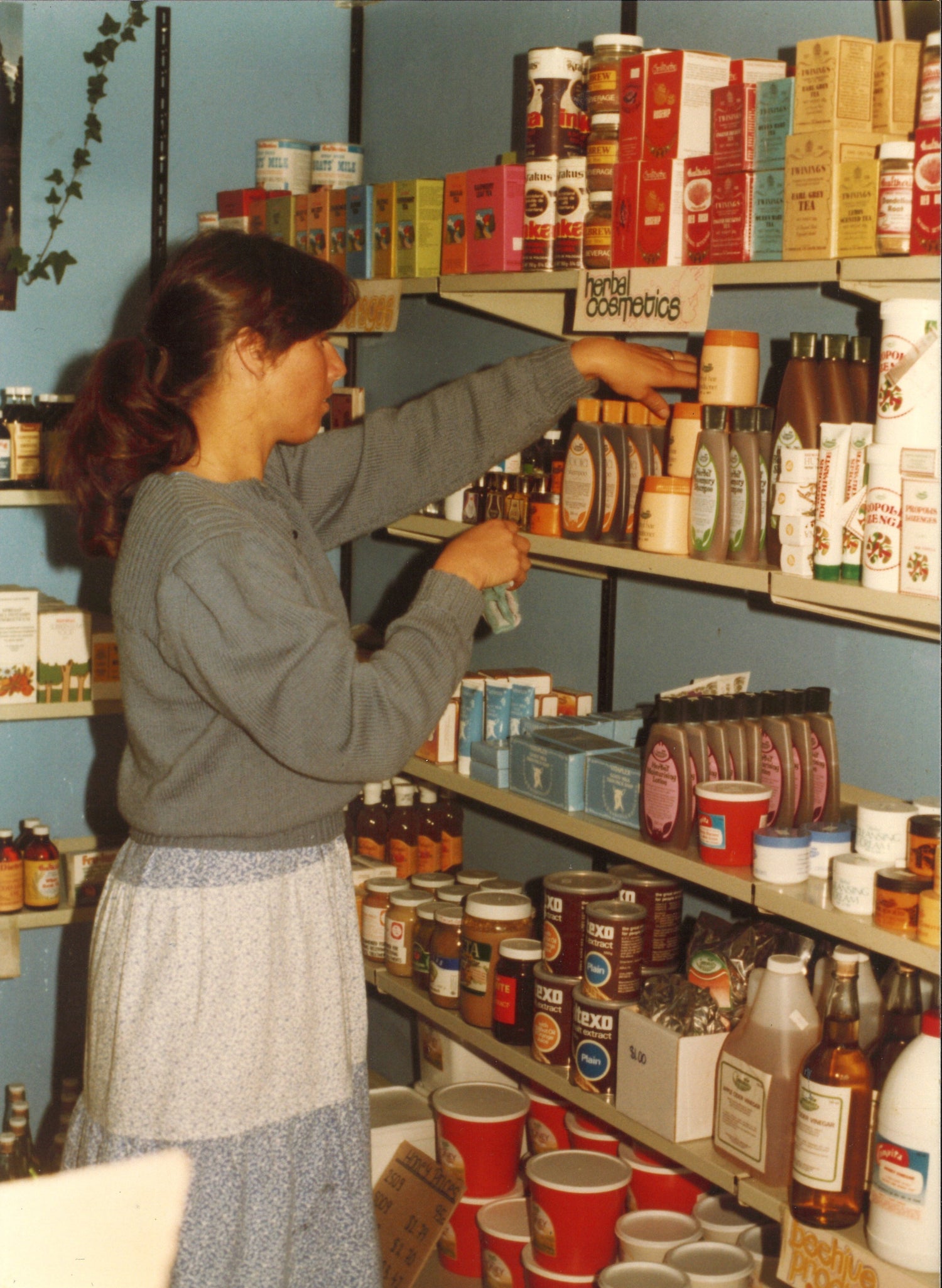
Building a Hive with Purpose
At the start, Comvita wasn’t a "bee company" as we know it today. It was a health food and natural skincare business, drawing on herbal knowledge, nutrition science, and apitherapy. The core of their ethos was to constantly learn, innovate and experiment to help make people’s lives better with natural remedies.
In the 1970s and 80s, Comvita offered over 85 different products—from wheat germ to toothpastes to herbal teas, but the bee products always stood out to their customers.
“That was the heart of it. Bees were always the secret sauce. That’s when Comvita really found its identity.” says Alan.
Propolis tinctures, pollen, and raw honey began earning trust and recognition in the health food world. In 1989, Alan made a bold move to purchase an additional 25% stake in the company and streamline the business to focus entirely on bee products. Claude donated his remaining 25% stake to a trust to support charitable causes around the world.

Sharing UMF™ Mānuka Honey with the world
The turning point came in the early 90s, as biochemist Professor Peter Molan’s research into Mānuka honey’s unique antimicrobial properties began gaining international attention. Alan and the team had already been harvesting single-source Mānuka honey since the early 80’s describing the honey as ‘active’. The moment Molan’s work was published, Alan knew: “This is the future. This honey is a truly therapeutic medicine and functional food. This is
where we need to be going.”
Comvita co-created the UMF™ trademark, took Mānuka honey to the infamous Apimondia world bee congress in 2000, and handed out over 20,000 sample packs there. They were the first to launch medical-grade Mānuka honey wound care products, and they helped establish New Zealand as a global leader in bee-based health.
“We were the first to bring UMF™ Mānuka to the world. First into Singapore. First into UK health food stores. We just kept going.”
They even responded to Chernobyl in 1986, when UK distributors urgently requested Comvita honey for its uncontaminated, Southern Hemisphere origin. “That call in the middle of the night,” Alan said. “That’s when we realized the world needed what we had.”
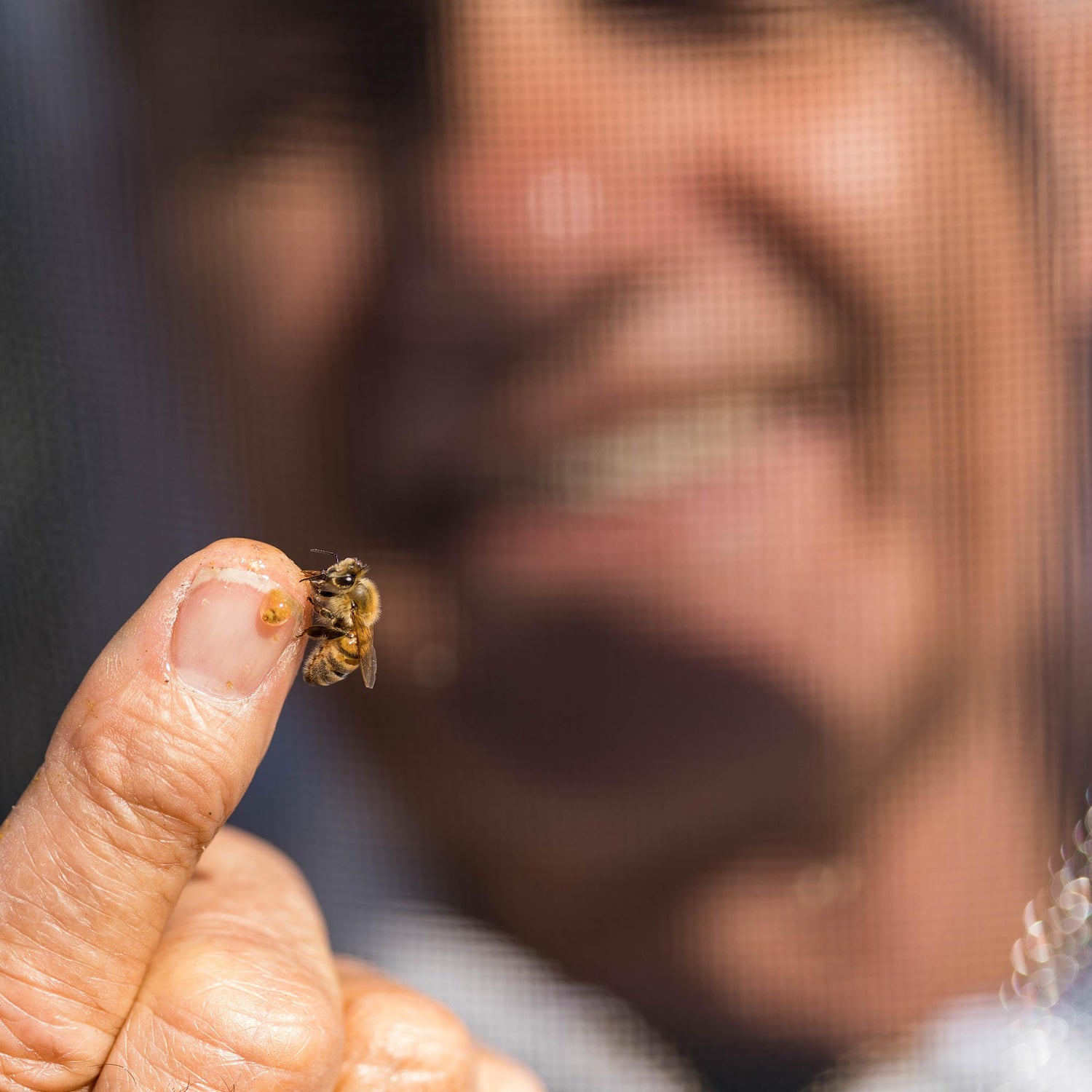
A legacy rooted in nature and bees
When asked what he hopes Comvita looks like at its 100th birthday, Alan doesn’t talk about markets or profit. He talks about trees.
“I imagine my great grandchildren walking through a forest in the Central Plateau, one Comvita helped establish with our native tree planting programme. By this time people have come to have a high respect for nature like we have never had before, there has been a paradigm shift in terms of our understanding, appreciation, and respect for nature. I imagine them walking in a living, vibrant native forest, full of bees, birds, and kiwis calling at night. That’s the legacy I want.”
Even now, Alan’s voice cracks when he talks about bees. “I want people to understand the essential role bees play in the food chain. I hope they learn to love, respect, and cherish bees and what they are. The wonder and symbiosis of bees and nature is unparalleled. It brings tears to my eyes.”
Alan's favourite honey?
“Rewarewa. Straight from the comb. Nothing like it. That forest, that flavour—it takes me right back.”
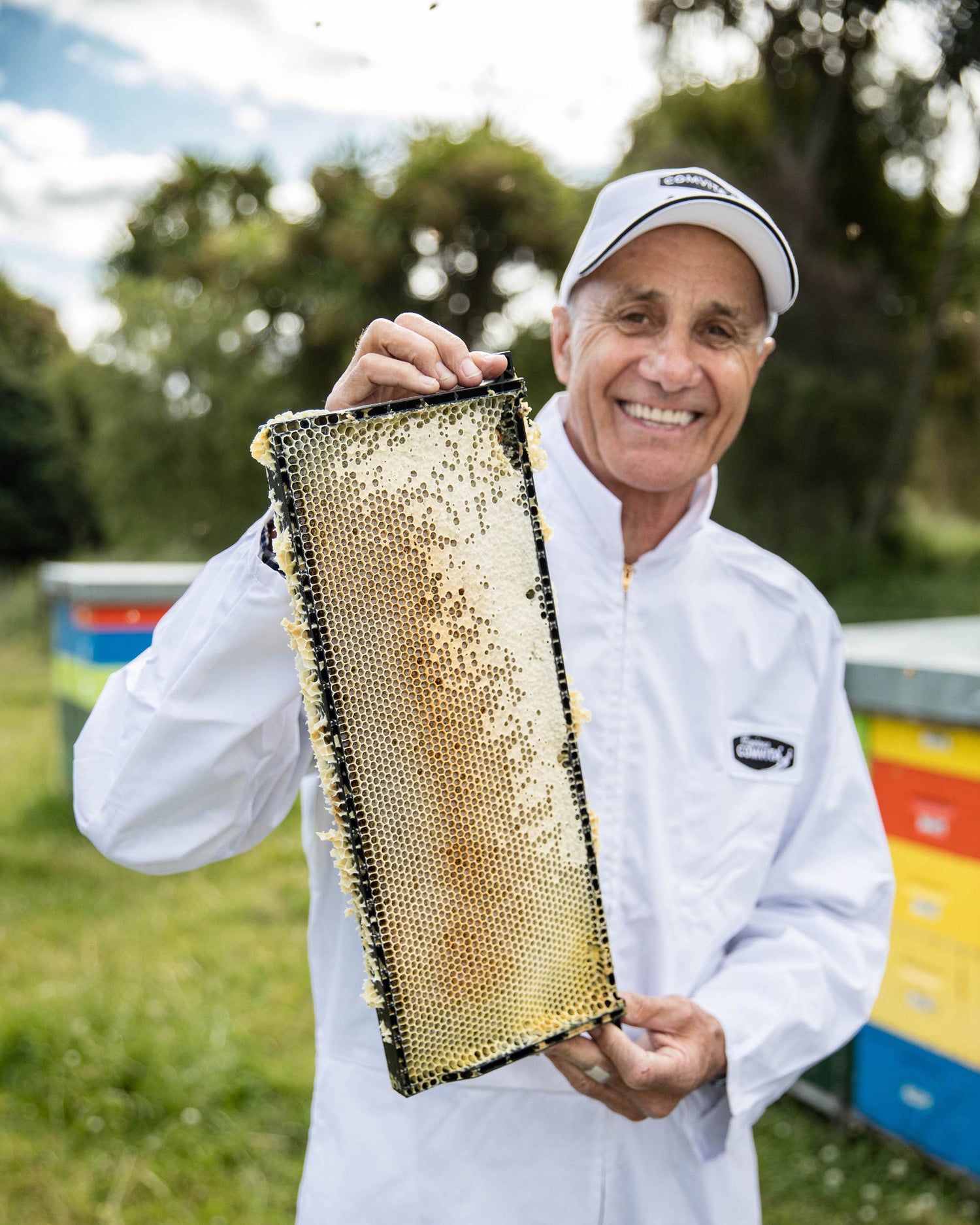
A Force for Good
Looking back on old business documents from the 1990’s, we take a peek into the company’s early mission statement.
“Comvita: A force for good. We care for the health of our customers through the marketing of high-quality, innovative healthcare products.”
That ethos still guides us today.
From the feisty bees on Great Barrier Island to the jars of UMF™ Mānuka honey shipped around the world, Alan and Claude’s journey is one of curiosity, conviction, and care. They didn’t set out to build a company, they set out to live well and help to make people’s lives a little healthier through natural products. And in doing so, they have helped millions of people access natural wellness.
Here’s to 50 years of Comvita. To Claude. To Alan. To the bees.
And to the next 50 years—with life, with vitality, with Comvita.


